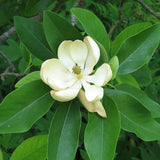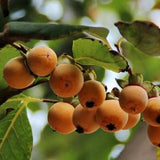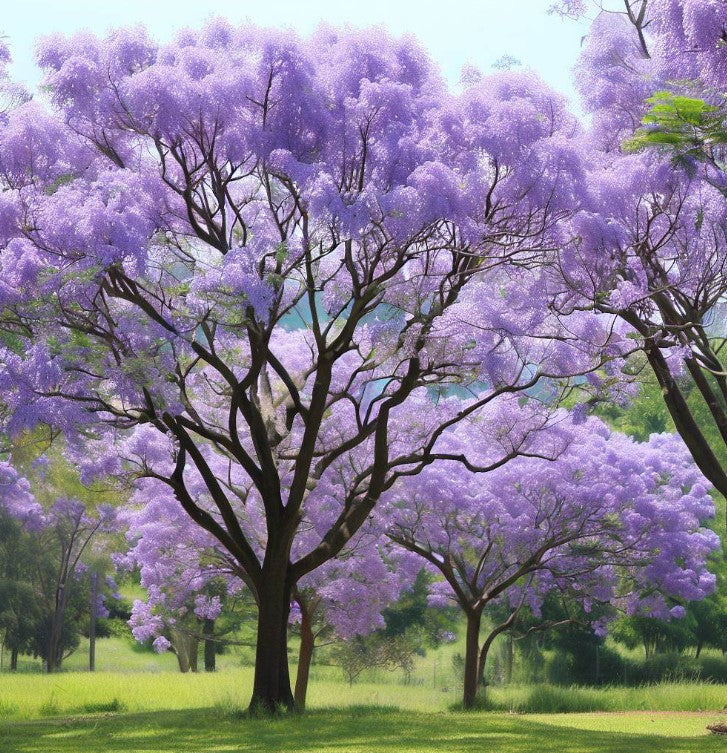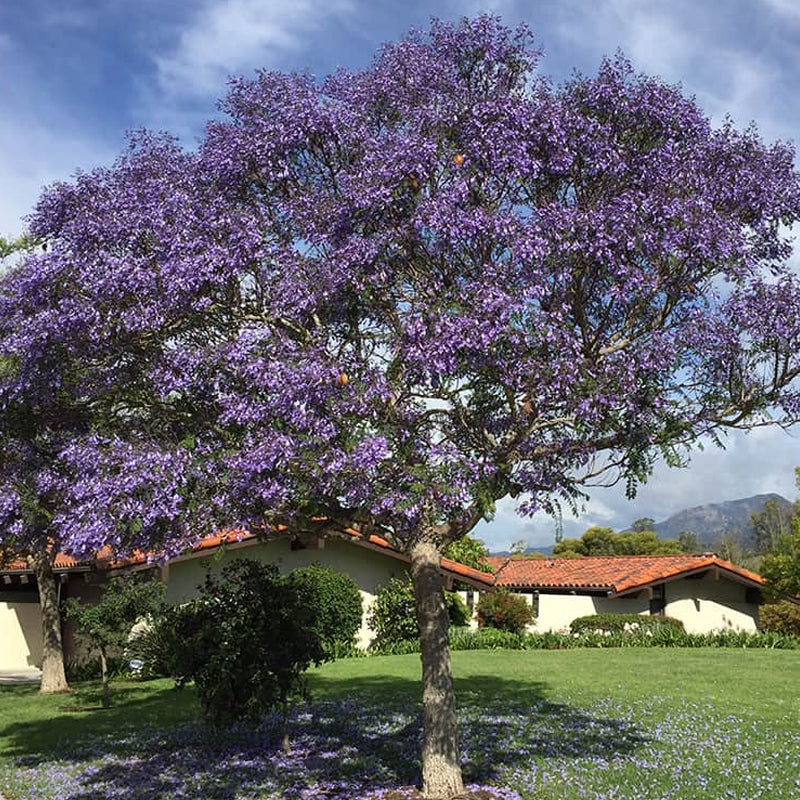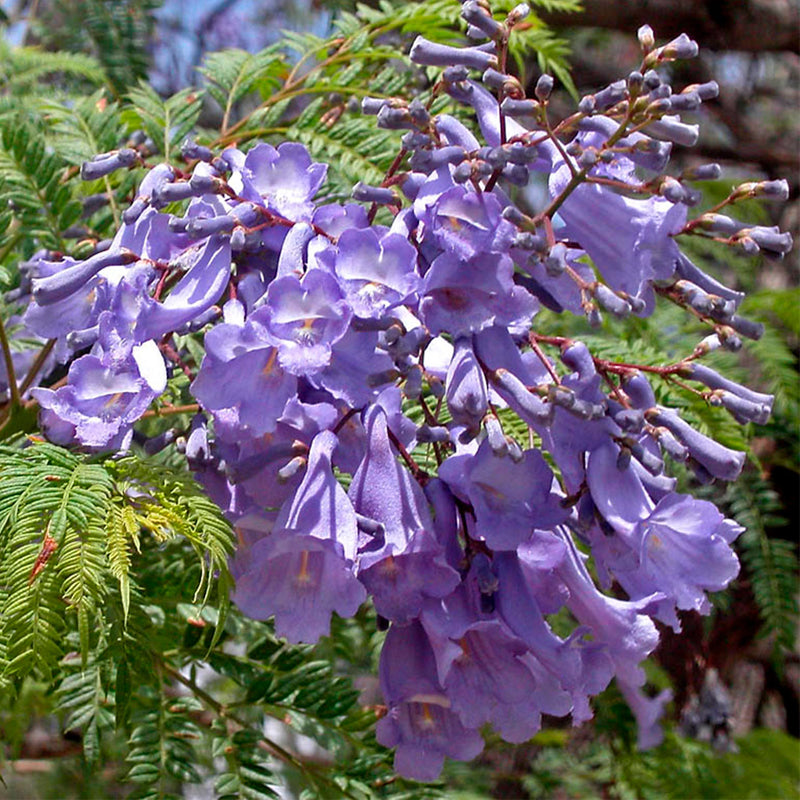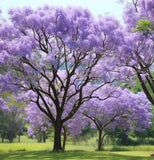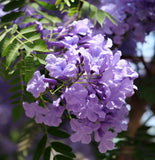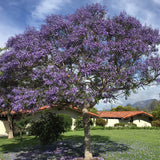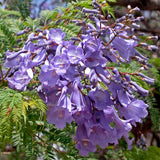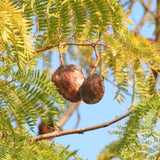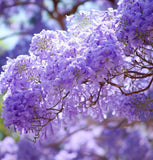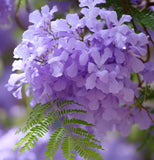Jacaranda mimosaefolia (Jacaranda Tree, Black Poui, Blue Jacaranda, Green Ebony Tree, The Fern Tree)
Jacaranda mimosaefolia (Jacaranda Tree, Black Poui, Blue Jacaranda, Green Ebony Tree, The Fern Tree) is a striking deciduous or semi-evergreen tree native to South America, particularly Argentina and Brazil. It belongs to the family Bignoniaceae. The Jacaranda tree is known for its vibrant display of lavender-blue flowers and fern-like foliage. Here's some information about Jacaranda mimosaefolia:
Appearance: The Jacaranda tree is medium-sized, typically reaching a height of 25 to 50 feet (8 to 15 meters), although some specimens can grow taller. It has a spreading, rounded crown and a relatively open, graceful growth habit. The leaves are bipinnate and feathery in appearance, giving the tree an airy texture. The leaflets are small, about 1 to 2 inches (2.5 to 5 centimeters) long.
Flowers: The most striking feature of the Jacaranda tree is its abundant clusters of bell-shaped flowers. The lavender-blue or purple flowers cover the tree's branches and create a stunning visual display. The blossoms typically appear in late spring or early summer, although the timing may vary depending on the climate. The flowering period may last for several weeks.
Fruit: After the flowers fade, the Jacaranda tree develops seed pods. The pods are brown and woody, about 2 to 4 inches (5 to 10 centimeters) in length. Inside each pod, there are numerous small, flat, winged seeds. These seeds are dispersed by wind or other means.
Growing conditions: Jacaranda trees thrive in warm and subtropical regions. They prefer full sun exposure, as this promotes abundant flowering. The tree can tolerate a variety of soil types but prefers well-draining soil. Jacaranda trees are not particularly drought-tolerant, so regular watering is necessary, especially during dry periods.
Maintenance: Jacaranda trees generally require minimal maintenance. Pruning is primarily done to remove dead or damaged branches and to shape the tree if desired. Pruning is best done in winter when the tree is dormant. Additionally, fallen flowers and seed pods may create a litter, so periodic cleanup may be necessary.
Uses: Jacaranda trees are mainly grown as ornamental trees in gardens, parks, and landscapes. Their stunning display of flowers makes them a popular choice for adding color and visual impact to outdoor spaces. Due to their size, they are often used as shade trees. It's worth noting that the Jacaranda tree's flowers may attract bees and butterflies.
Overall, the Jacaranda tree is highly regarded for its breathtaking display of lavender-blue flowers, making it a beloved ornamental tree in many parts of the world.
Botanical Name : Jacaranda mimosaefolia
Common Name : Jacaranda Tree
Height : 25- 50 ft
Spread : 15- 25 ft
Germination Info : No pre-treatment needed. .....
Hardiness zone : 9-11
Average seed per ounce : Approx. 4125

